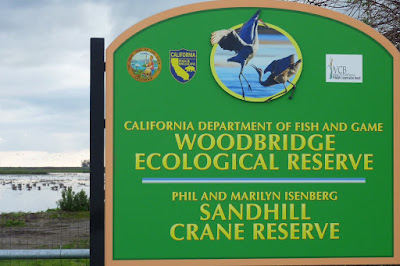The cyclical turning of the seasons continues with Imboc, or as most of us think of this season, Spring, arriving on Monday, February 1. “The Wheel of the Year is a series of eight holidays, or sabbats, practiced in Celtic and Wiccan spirituality. The sabbats are the solstices and equinoxes plus the four holidays at cross quarters with those solar based dates. There is a sabbat every six to six and a half weeks. They mark the seasons - the journey of the earth around the sun. When you live each day attuned to these rhythms, your life is grounded in the earth and its place in the cosmos.” explains Clea Danaan in her Living Earth Devotional: 365 Green Practices for Sacred Connection. I find recognizing and honoring this turning fosters my connection not only with the web of life here at MuRefuge but to what the Enneagram calls “higher self” where my “personality” rather falls away and boundaries disappear.
I love this particular turning of the seasonal cycle, Imboc or Spring. Green is such a vibrant color with so many hues. And here in Northern California with a previous month of El Nino rains, GREEN is the operant word if ones looks about the landscape.
I know many of you reading these words are still experiencing the ground blanketed with snow at best, sleet or mud at worst. Green will arrive soon!
The days are lengthening so I spend less time sleeping. And here at MuRefuge, the asparagus is beginning to send up its delicious offerings, the fava beans planted last Fall are about 4 to 6 inches tall,
and weeds are flourishing, giving the landscape here a very green hue, calling my attention to BEing outside and digging in the dirt. Less time sleeping in bed provides me with more time for my very favorite activity of “playing in the mud.” My paternal grandmother fostered this activity by allowing me to make mud pies on her kitchen floor when I was “a little tike.”
My earliest, clearest recollections of garden was at preschool age when our neighbors, Emma and George Oxley of Corwith, Iowa, planted asparagus. In Northern Iowa planting asparagus was a rather labor intensive event. We dug a huge hole/bed in the ground layering this with manure, straw and rich Iowa dirt. This elderly couple not only allowed me to participate but praised highly my efforts. What a satisflying gardening experience for a youngster. As I take care of our asparagus beds here at MuRefuge, I am forever grateful to Emma and George for supporting within me a sturdy foundation for growing our food.
 |
| Asparagus shoots growing in our veggie garden, in a raised bed, of course, to protect the roots from gophers. |
As we honor Imboc, aka Spring, may we each













